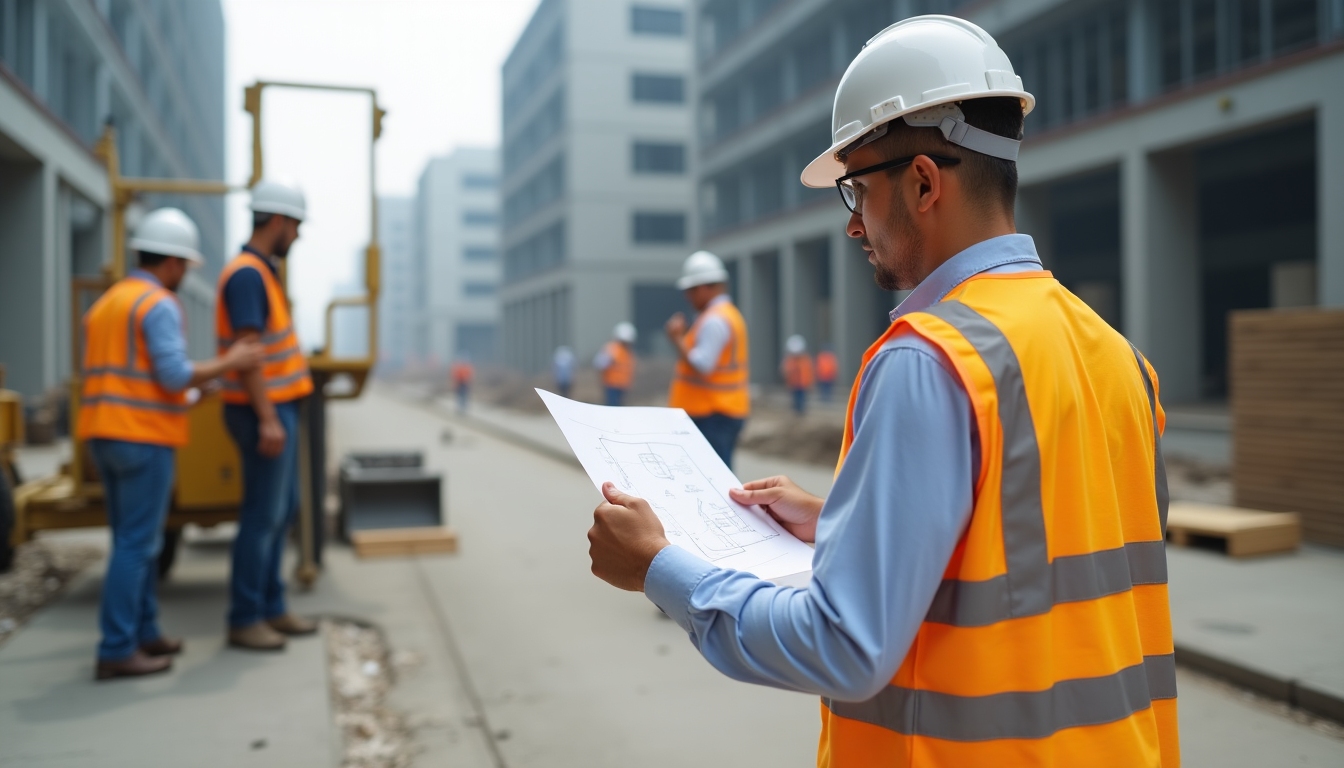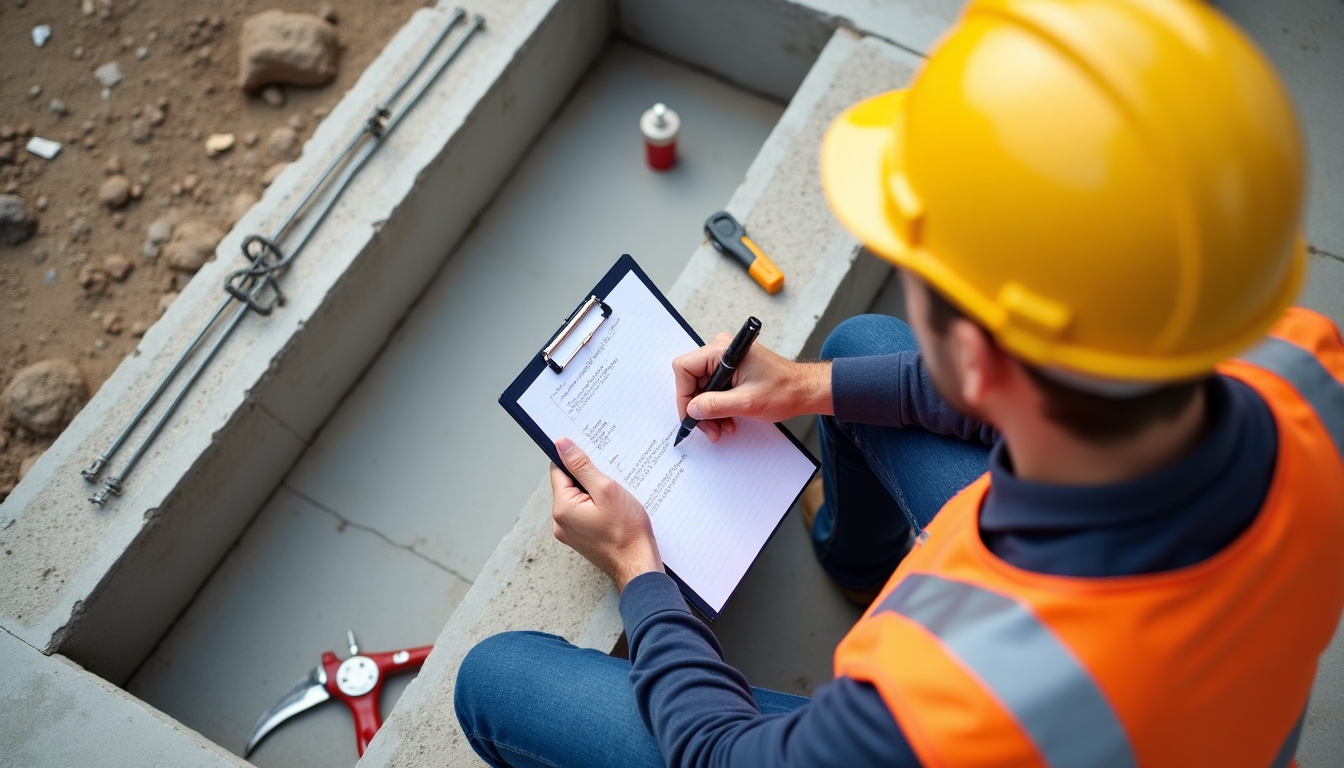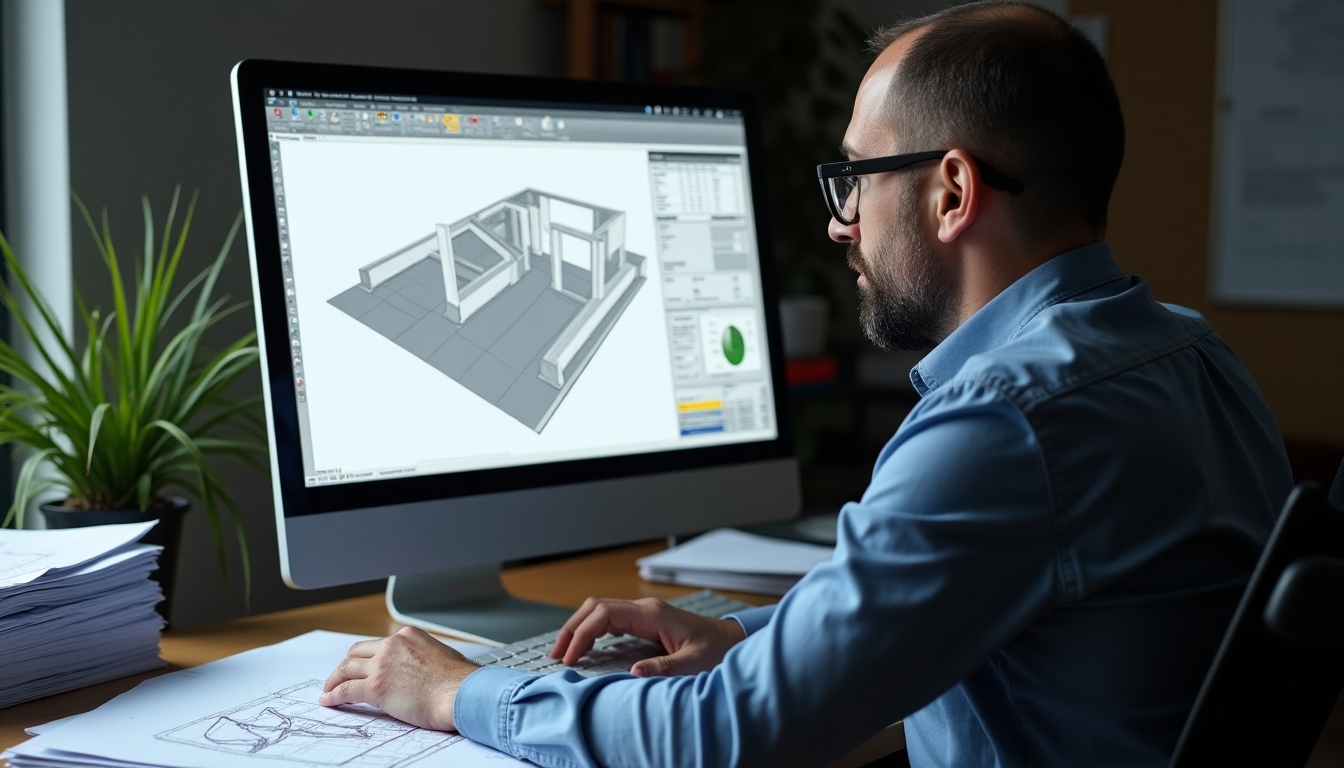Guide to Effective Construction Inspections
Construction inspections are crucial for ensuring that buildings are safe, compliant with codes, and built to last. This Guide to Effective Construction Inspections provides a detailed look at how to perform thorough inspections, understand construction codes, and maintain compliance throughout the building process.
Construction inspections play a key role in every building project. They make sure the work meets required standards, follows local construction codes, and keeps future occupants safe. Inspections happen at different stages, starting with the foundation and ending with the final details.
Having spent years around construction sites, I’ve seen how vital good inspections are. Once, I watched a project grind to a halt because a small mistake—missed during a rushed inspection—caused a big problem later. But when inspections are done right, projects stay on track and the buildings turn out strong and reliable.

Construction codes are rules that set the minimum standards for building safety, health, and comfort. They cover things like the strength of the structure, fire protection, electrical setups, and plumbing systems. Local governments enforce these codes to ensure every building is safe to use.
From my time on projects, I’ve learned that knowing construction codes isn’t just about passing an inspection—it’s about keeping people safe. I’ve been on jobs where focusing on code details made the difference between a solid building and one with hidden risks. This detailed guide to construction codes compliance can help anyone in construction do better work.

Running an effective construction inspection takes clear steps. Here’s how to do it well:
-
Get Ready: Before you step on-site, study the project plans, specs, and past inspection notes. This prep helps you spot what matters most.
-
Check the Work: Walk the site and look closely at what’s built. Compare it to the plans and codes, and watch for sloppy work or trouble spots.
-
Write It Down: Take notes and snap photos as you go. These records help track progress and fix problems fast.
-
Talk It Out: Share what you find with the crew. If something’s off, explain how to fix it clearly.
-
Follow Up: Make sure fixes happen quickly. Check back to confirm everything’s done right.
I’ve used these steps on countless sites, and they always lead to better results. Skipping even one can throw things off.

Footing calculation is a big deal in construction inspections. Footings are the base that holds up the whole building, so they need to be strong enough for the weight they’ll carry. Getting them right means figuring out their size, depth, and reinforcement based on the soil, the building’s design, and local codes.
This isn’t simple math—it takes real know-how. I’ve seen projects where bad footing calculation caused cracks in the foundation, leading to expensive delays. Once, a team I worked with caught a miscalculation early, saving the project from disaster. Trust this part to someone who knows what they’re doing.

Sticking to construction codes isn’t optional—it’s a must. Here’s how to stay on track:
-
Keep Learning: Codes change, so stay updated on what’s new in your area.
-
Bring in Pros: Team up with architects and engineers who know the rules inside out.
-
Plan Inspections: Set up checks at major stages to catch issues early.
-
Train the Crew: Make sure everyone working knows why codes matter and how to follow them.
-
Keep Records: Save all inspection reports, permits, and notes about codes.
Following these tips keeps you legal and makes the building safer. I’ve seen it work wonders on projects I’ve been part of.

Inspections aren’t always smooth sailing. Here are some common hurdles and how to handle them:
-
Tight Schedules: Deadlines can push you to rush. Plan ahead and give each inspection enough time.
-
Tricky Codes: Rules can be hard to figure out. Talk to experts or take a class to get clear on them.
-
Pushback: Some crews don’t like hearing about problems. Stay calm, show proof, and explain why it matters.
-
Half-Done Work: Sometimes you inspect before everything’s finished. Check what you can and come back later.
I’ve faced all these myself. Planning ahead and staying firm but fair gets you through.

Effective construction inspections keep buildings safe, legal, and sturdy for years. By mastering construction codes, sticking to solid steps, and tackling challenges head-on, you help every project succeed.
Inspections aren’t just paperwork—they’re about quality and safety. I’ve seen good ones save projects and bad ones cost plenty. Putting effort into this Guide to Effective Construction Inspections pays off every time.





